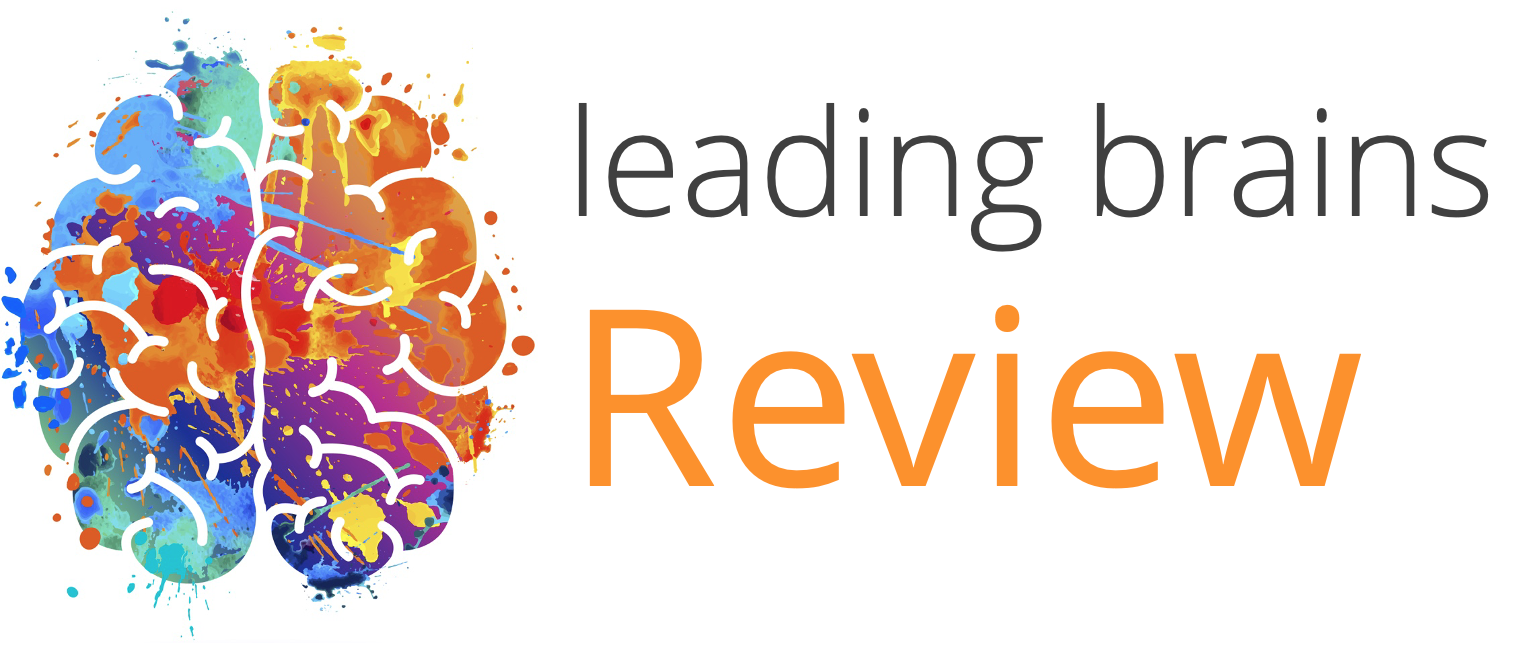Quick Hits
Daily brief research updates from the cognitive sciences
I do have a moral brain! I do! Don’t I?
Well, we know almost all babies have moral reasoning, so I suppose you have too
Do babies have moral reasoning?
Well, depends on what you mean by moral reasoning. But I have used some of the research into babies in my workshops for years. And it is well documented that babies make moral judgments – and this is good news. It means that morality is inborn.
Great!
But there is also downside to this because babies also show in-group (those similar to yourself) preferences and this includes punishing the out-group!
Oh dear!
But that is not what the research I’m reporting on is about. This research was trying to get to the bottom of moral processing in the brain. This should answer question such as do we have a morality hub and are different moral contexts processed differently?
What about liberals and conservatives moral brains?
I’ll get on to that later.
So do we have a morality hub in the brain…and is that missing in some people?
Not really, and not really, is the answer to both questions:
These researchers from the University of California took 64 participants and gave them bunches of moral and non-moral questions to answer and also scanned their brains while doing so.
The researchers used something called the Moral Foundations Framework (MFF) which rates morality into these six groups:
-
Issues of care and harm
-
Concerns of fairness and cheating
-
Liberty versus oppression
-
Matters of loyalty and betrayal
-
Adherence to and subversion of authority
-
Sanctity versus degradation.
Ok, so there is more than one type of morality – what were the results?
Well, there are a few important points. First off is they noticed that moral reasoning activates regions associated with what is called theory of mind. Theory of mind is being been able to think, and feel, what other people are feeling.
Ok, that makes sense
However, moral decisions didn’t just activate the same areas as social reasoning i.e. just reasoning with and about other people. This shows that moral reasoning has its own specific structure.

What is that?
Ok, let’s get technical. The regions more associated with moral reasoning were: the medial prefrontal cortex, temporoparietal junction, and posterior cingulate (amongst others).
I’ve written about these in other areas and how they relate to various social functions. However, they couldn’t see a moral hub, but more a distributed network that differs depending on the moral context.
A machine learning tool could also identify the six moral contexts mentioned above just from the brain activity patterns. This therefore suggest that those six groups of morality in the MFF are indeed separate groups.
What is also interesting is that moral situations used more processing and decisions were longer to take.
I thought they were instinctive, and therefore hard-wired, and therefore quick to process?
We could think that – but moral processing is sometimes complex because you have to take into account various questions. As the researchers noted you may need to process: who does what, when, to whom, with what effect, and why?
But some people may be more interested in what this means for politics.
Well, we all agree on morals don’t we?
Well, yes but how we prioritise them is different!
In the above six categories you can see that the first two are individualised (issues of care and harm /concerns of fairness and cheating) and the last four are group behaviours (liberty versus oppression / matters of loyalty and betrayal / adherence to and subversion of authority / sanctity versus degradation) also known as “binding” morals. They’re morals that create cohesion.
And what doe this mean?
Well, those that are based on groups use less representations of the self in the brain. But that is in brain processing.
There is bunch of evidence, also supported with this research, that liberals are more sensitive to the individual morals: care and harm and concerns of fairness and cheating. This is why they are always keen to promote individualisation and try to make the world perfect for everybody – all inclusive.
However, conservatives are much more focused on group behaviours: liberty versus oppression / matters of loyalty and betrayal / adherence to and subversion of authority / sanctity versus degradation. Their language, you will be quick to notice, reflects this.
Ahh, yes, I see what you mean!
This means that liberals and conservatives have different moral priorities and also speak across each other.
Oh dear!
Yes, oh dear! What we can see is that our brain is wired to be moral. That morality uses unique networks but we prioritise these differently.
Let’s hope we can keep these balanced!
And see my other articles on the political brain of more on the differences.

Andy Habermacher
Andy is author of leading brains Review, Neuroleadership, and multiple other books. He has been intensively involved in writing and research into neuroleadership and is considered one of Europe’s leading experts. He is also a well-known public speaker, speaking on the brain and human behaviour.
Andy is also a masters athlete (middle distance running) and competes regularly at international competitions (and holds a few national records in his age category).
Reference
Hopp, F.R., Amir, O., Fisher, J.T. et al.
Moral foundations elicit shared and dissociable cortical activation modulated by political ideology.
Nat Hum Behav (2023).
https://doi.org/10.1038/s41562-023-01693-8
More Quick Hits
Breastfeeding Improves Mother’s Cognitive Abilities — Years Later
Quick HitsDaily brief research updates from the cognitive sciences o are you saying that breast feeding is not only good for the infant but also the mother?!Yes, we’ve know for a long, long time that breastfeeding is very good for the infant. Over...
Mothers Can Pass on Stress to Future Generations
Quick HitsDaily brief research updates from the cognitive sciences presume you’re not just talking about stressed mothers stressing out their kids and/or grandchildren?Not precisely. I’m talking about passing on stress activation patterns in DNA...
Learning Before Age Five Can be Seen in the Brain Forty Years Later
Quick HitsDaily brief research updates from the cognitive sciences ducation before age five leaves structural changes to the brain, identifiable forty years later — impressive! This is the beauty of long-term longitudinal studies (the negative side...
Exercise in Childhood Predicts Healthy Brains (into Adulthood)
Quick HitsDaily brief research updates from the cognitive sciences k, we all know by now that exercise is good for you. Many of you may also be more than aware that exercise is a potent stimulator for the brain encouraging brain growth and...
The Surprising Truth of Why Powerful People can be Toxic
Quick HitsDaily brief research updates from the cognitive sciences e’ve all heard the stories of toxic bosses, and powerful people who happily destroy other people’s lives, and show no compassion to those less fortunate than themselves. There is a...
Leadership Behaviours for More Resilient and Effective Teams
Quick HitsDaily brief research updates from the cognitive sciences hat makes for effective and resilient teams is something that interests many leaders and organisations. I have spoken about some of these aspects in other articles, particularly...






